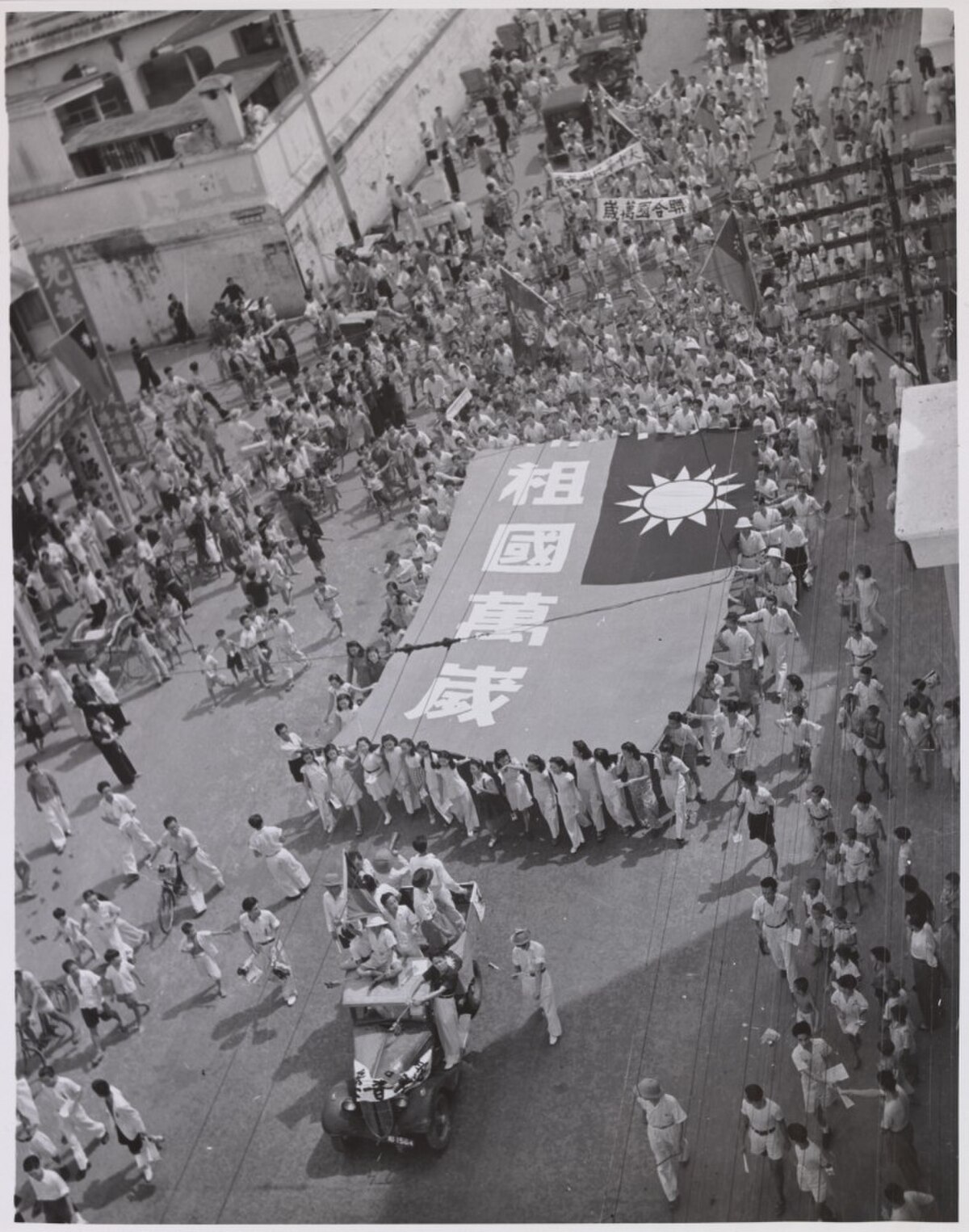
Post-War Singapore
SingaporePost the Japanese surrender in 1945, Singapore experienced a brief period of chaos marked by violence, looting, and revenge killings. The British, led by Lord Louis Mountbatten, soon returned and took control, but Singapore's infrastructure was heavily damaged, with vital services like electricity, water supply, and harbor facilities in ruins. The island grappled with food shortages, disease, and rampant crime. Economic recovery began around 1947, helped by a global demand for tin and rubber. However, the British's inability to defend Singapore during the war had deeply eroded their credibility among the Singaporeans, sparking a rise in anti-colonial and nationalist sentiments. In the years following the war, there was a surge of political consciousness among the local people, marked by a growing anti-colonial and nationalist spirit, symbolized by the Malay word "Merdeka," which means "independence."
In 1946, the Straits Settlements were dissolved, making Singapore a separate Crown Colony with its own civil administration. The first local elections took place in 1948, but only six out of twenty-five seats in the Legislative Council were elected, and voting rights were limited. The Singapore Progressive Party (SPP) emerged as a significant force, but the eruption of the Malayan Emergency, an armed communist insurgency, the same year, led the British to enact severe security measures, halting progress towards self-governance.
By 1951, a second Legislative Council election took place, with the number of elected seats increased to nine. The SPP continued to hold influence but was overshadowed by the Labour Front in the 1955 Legislative Assembly elections. The Labour Front formed a coalition government, and a newly established party, the People's Action Party (PAP), also secured some seats.
In 1953, after the worst phase of the Malayan Emergency had passed, a British Commission, led by Sir George Rendel, proposed a limited self-governance model for Singapore. This model would introduce a new Legislative Assembly with a majority of its seats elected by the public. The British would, however, retain control over crucial areas like internal security and foreign affairs and have the power to veto legislation.
In the midst of these political changes, the Fajar trial in 1953-1954 stood out as a significant event. Members of the Fajar editorial board, associated with the University Socialist Club, were arrested for publishing an allegedly seditious article. The trial garnered significant attention, with the members being defended by notable lawyers including the future Prime Minister, Lee Kuan Yew. The members were ultimately acquitted, marking an essential step in the region's move towards decolonization.
